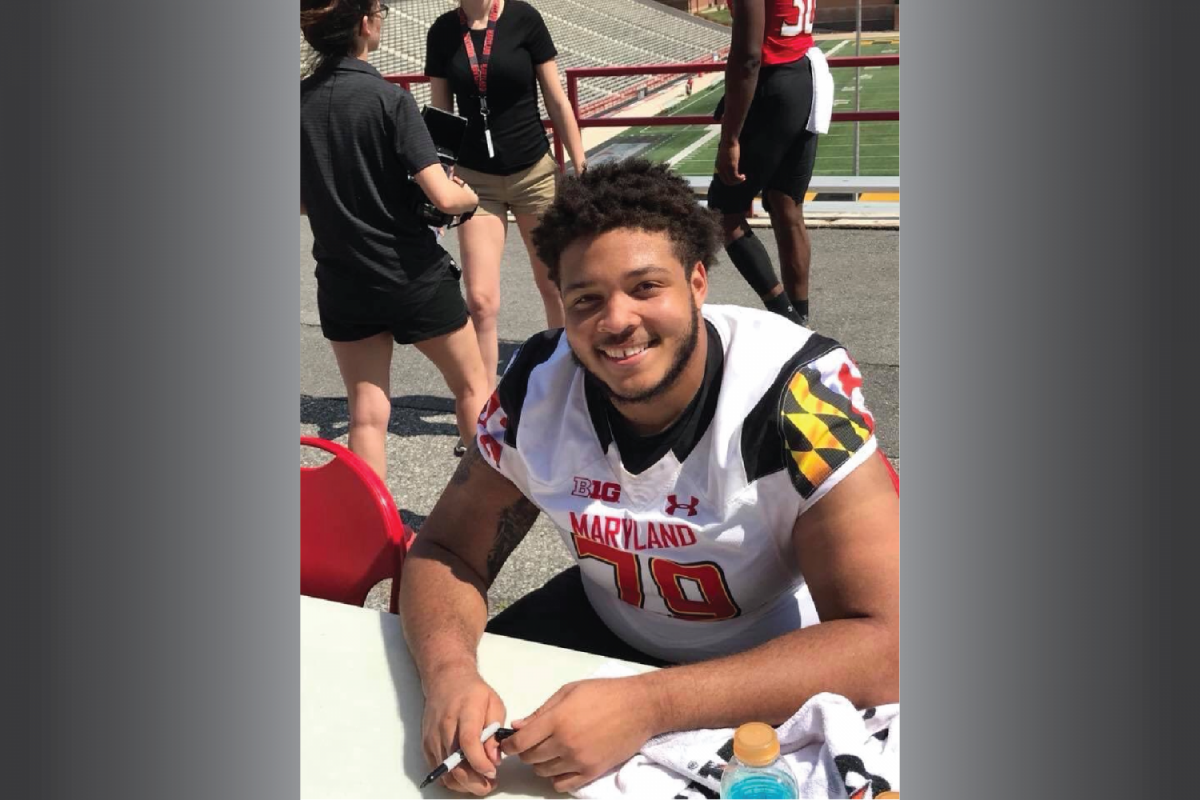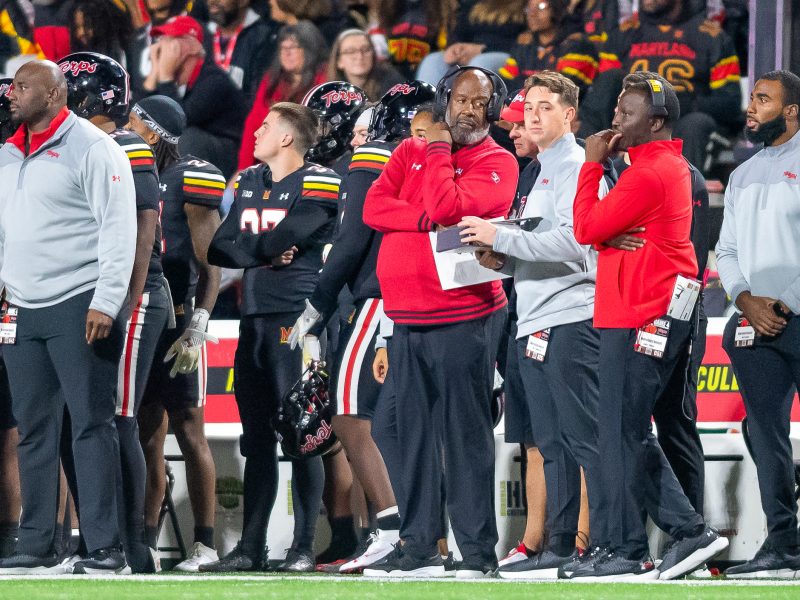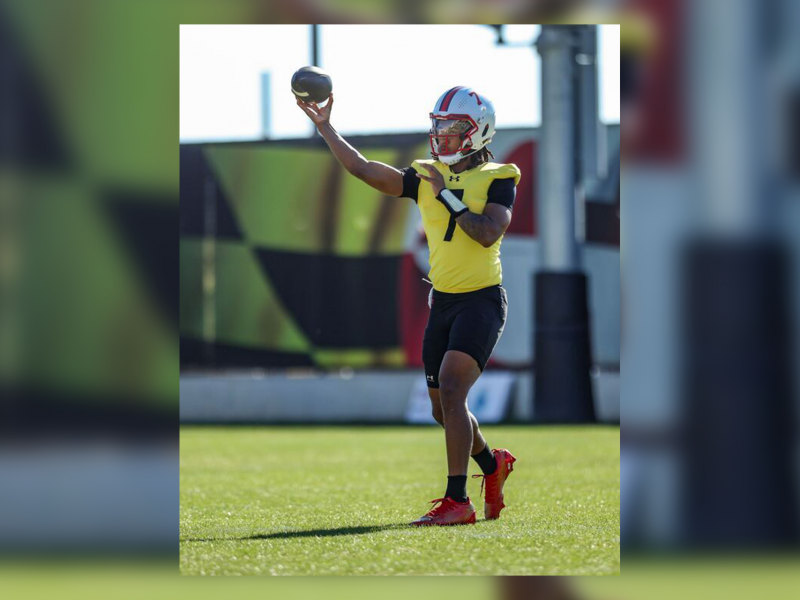More than a month after Maryland football player Jordan McNair’s death, a timeline presented by 911 recordings and an incident report created by emergency responders — as well as reports that his death was caused by heatstroke — suggest medical personnel did not immediately recognize the severity of McNair’s condition after he failed to recover from a running drill during an organized team workout May 29.
At about 5:57 p.m., an unidentified staff member called 911 and reported only that McNair, who was 19, was “hyperventilating” and “unable to control” his breathing. An ambulance arrived about five minutes later, at 6:02, according to the incident report.
Yet paramedics, who are separate from ambulance crews and are only dispatched to more serious medical emergencies in Prince George’s County, weren’t requested until McNair appeared to have a seizure — which can be caused by heatstroke — about 10 minutes after the initial call, according to 911 recordings and an incident report obtained by The Diamondback.
[Read more: UMD reveals more information on Jordan McNair’s death, ongoing investigation]
McNair was transported to the hospital later that evening, and died June 13. The state medical examiner did not conduct an autopsy, and the school cited privacy while declining to release a cause of death, but McNair’s family said his death was caused by heatstroke. The NCAA sports medicine handbook, medical professionals and case studies suggest heatstroke is fatal only when not properly treated.
The recommended treatment for exertional heatstroke is immediate cold water immersion, according to the 2014-15 NCAA Sports Medicine Handbook and the Korey Stringer Institute, which is dedicated to preventing sudden death in sport and is headquartered at the University of Connecticut.
“If [heatstroke is] recognized appropriately and if it’s treated aggressively and effectively with cold water immersion, we’ve had 100 percent survival [in previous cases],” said Rebecca Stearns, a doctor at KSI who studies cases of heatstroke in athletes. “[Other] cases where there’s been unfortunate deaths, sometimes it’s not recognized right away, or there isn’t medical care on-site, or there aren’t the resources or there’s a delay.”
[Read more: Jordan McNair’s parents create scholarship fund, educational programming for athletes]
The university did not offer further comment on the treatment McNair received. The school has previously said the workout was “supervised by our strength and conditioning staff, and certified athletic trainers were present throughout.”
“Any trained medical professional, especially those that are specific to skills of on-site medicine … would be skilled enough to recognize an exertional heatstroke and discriminate it from any other [condition],” Stearns said.
Studies show patients suffering from exertional heatstroke have a 100 percent survival rate when treated with cold water immersion — being put in an ice bath or something similar — within 10 minutes of collapse, according to KSI. If cold water immersion isn’t possible, the next-best treatment is applying cold towels to the patient.
“Heatstroke is a medical emergency,” the NCAA handbook reads. “A delay in treatment can be fatal.”
A paramedic crew was en route to the scene at 6:08, but the incident report does not indicate what time they arrived at the scene. McNair was eventually transported to Washington Adventist Hospital in Takoma Park, where he arrived at 6:36. His family said he was airlifted to R Adams Cowley Shock Trauma Center in Baltimore later that night, where he died 15 days later.
According to the summary of the event released by the school, trainers “noticed [McNair] was having problems recovering” after completing a “baseline running drill” of 10 110-yard runs. The school said McNair was “talking to our trainers throughout.” He was carted off the varsity practice fields and taken to the Gossett Football Team House for “further observation and continued treatment.”
The university has hired athletic training consulting firm Walters, Inc. to conduct a review of “all relevant policies and protocols involving student-athlete health and safety,” as well as to review the events that led to McNair’s death. The review, which was set to begin late last month, may take up to 90 days to complete.
This article has been updated.



